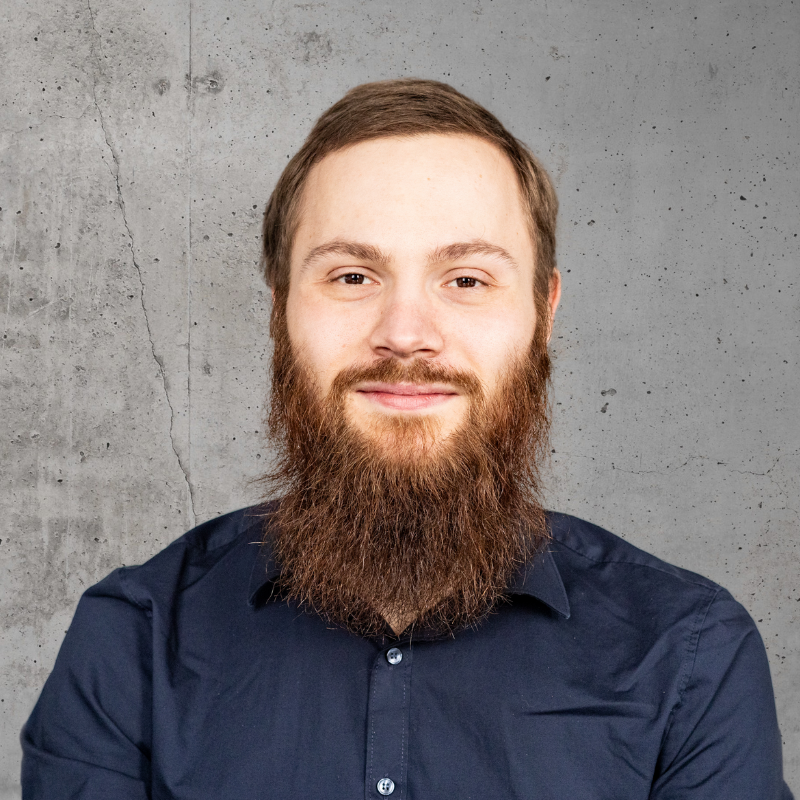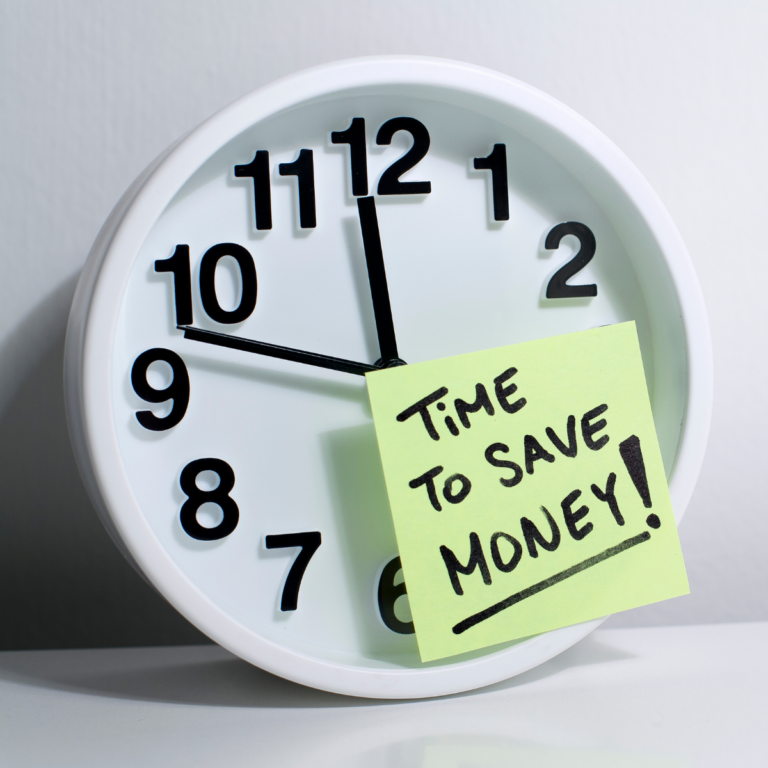In 2024, the possibility of patenting software-based inventions will continue to be a key issue for many companies. In view of the rapid pace of technological progress, many companies are keen to protect their software innovations with patents. AI-supported tools in particular offer companies the opportunity to redevelop their processes and products.
The following article explains the conditions under which software-based inventions can obtain patent protection.
Why software as such is generally not patentable in Europe
In Europe, strict rules apply to the patenting of software, which are primarily aimed at protecting only technical inventions. According to the European Patent Convention (EPC), “programs for data processing systems” as such are excluded from patentability.
The reason for this restriction lies in the nature of software: it is often regarded as an abstract instruction for the pure execution of arithmetic operations, which predominantly has the character of a mathematical process. However, a purely mathematical method, even if it is new and inventive, is not eligible for patent protection.
This fundamental prohibition was introduced to ensure that patents are only granted for inventions that represent a new and inventive technical solution to a corresponding technical problem. The purpose of this rule is to prevent general business models, administrative processes or simply non-technical ideas from being monopolized by patents. In practice, this means that a patent claim on software can only be successful if the software produces a specific technical effect and goes beyond the mere processing of data.
Strategies for patenting software-based inventions
The term computer-implemented inventions (CII) has become established in the field of patents that are essentially software-based. CIIs are based on the approach that they are designed to provide a clear technical solution to a technical problem. The software is an integral part of the specific technical implementation.
Technical nature of the invention
The first and most important approach is to emphasize the technical nature of the software. Examples of this are
- Improving the efficiency of computer systems: Software that increases the processing speed of a computer or reduces energy consumption can be considered a technical contribution.
- Technical optimization: Algorithms that increase the security of communication systems or improve the accuracy of measurement systems, for example, can also be considered a technical contribution.
Alignment with the hardware used
Another approach to patenting software-based inventions is to link the software with specific hardware. In this case, it is not the software alone that is patented, but the entire computer-implemented invention consisting of software and hardware. Examples of this are
- Embedded systems: Software that is permanently integrated into a device and controls its function, such as the software for a control process for autonomous machines.
- Specialized hardware solutions: Software developed specifically for use on certain hardware, such as an algorithm running on a specialized processor for image processing, possibly using a neural network.
Case law of the European Patent Office:
The path to patentability of software
Over the years, decisions of the European Patent Office (EPO) have discussed approaches that make it possible to obtain patents for computer-implemented inventions. The Boards of Appeal of the EPO have played a decisive role in this.
One of the landmark decisions in the field of patents for computer-implemented inventions is T 258/03 von 2004, which concerned software to support auctions. The purpose of the software was to optimize the bidding process. It enabled bidders to submit bids in advance that met certain parameters in order to solve the synchronization problem in online auctions.
The Board clarified that the mere implementation of a business method on a computer is generally not sufficient to achieve a technical effect. The decisive factor is that the software itself makes a technical contribution, for example by improving the efficiency of the computer system or controlling a technical process. The decision emphasized that the claimed invention must achieve a “technical effect” that goes beyond the normal interaction of software and hardware. This was the case with the software in question, in particular due to the sufficient description of the process parameters.
A recent decision of the Enlarged Board of Appeal of the EPO (G1/19) from 2021, for example, addresses the patentability of computer-implemented simulations. The Board of Appeal confirmed that simulations are also patentable. The decision clarifies that it is not necessary for a simulation to have a direct effect on a physical reality in order to be patentable. The technical character of the patented teaching is still decisive.
With regard to the example of simulations, a precise and comprehensible description of the implementation-relevant features is required, which must be placed in the specific context of the problem to be solved. This includes, for example, the organization of the data and the memory, the specially adapted program sequence and the input and output values of the simulation. In addition, the connection of the simulation to the physical world and the use of the simulation results must also be taken into account.
Conclusion
Software can be patented as a computer-implemented invention if it offers a clear technical solution to a specific technical problem. The combination with hardware components or the demonstration of specific technical effects play a key role in this. The blanket assertion that software cannot be protected under patent law is therefore incorrect. In times of increasing digitalization, it is advisable to carefully examine whether a software-based technical solution is eligible for protection.




